Tuesday, 21 April 2009
Birdman of Delamere Terrace: Clifford Coffin's portraits of Lucian Freud
Clifford Coffin established his reputation as a fashion photographer, and his work was regularly featured in the pages of Vogue throughout the late forties and fifties. He was commissioned by the magazine to photograph the young Lucian Freud, and the resulting session took place on March 18th, 1947, immediately after the artist's five-month sojourn on Poros at the invitation of John Craxton. The pair had taken two upstairs rooms in a lodging house on the island, and they lived on virtually nothing, save for occasional handouts from Freud's parents. It was an excellent location in which to paint, and to escape the rigors of a Britain still in immediate post-war austerity. Greece, however, was experiencing the horrors of a civil war, and extreme privation amongst its own citizens, and there remained guerrilla activity close by. His stay on Poros was the longest time that Freud had been away from London since arriving there as a ten-year old in 1933. Back in London, Freud experienced the coldest winter in living memory, but had a handful of small paintings to show for his time in the Greek sunshine- sufficient for a show at ELT Messens's gallery the following year. The Studio was to comment of the resulting show- which he shared with the then-more saleable Craxton- that [Freud] 'Continues to display a curious mind'. By then, he had found a muse in Jacob Epstein's daughter Kitty Garman, and his early portraits of her, particularly in the infamous Girl with Kitten display an powerful sense of attraction and desire. However, when the session with Coffin was mooted, the show, and a subsequent trip to the South of France with Graham and Kathleen Sutherland were in the future. Rather, he was still settling back into the routine of London and contending with the privations of a cold first-floor room in Delamere Terrace in Paddington. The north light from the canal made it a good painting studio, and he had lived there since 1943. It was the setting for 'The Painter's Room', begun in 1943 and still wet on the easel when the area was hit by a buzzbomb, and was also the room in which Freud painted Harry Diamond for Interior in Paddington, the iconic image commissioned by the Arts Council for the 1951 Festival of Britain.
For Coffin's session, however, there are two iconic elements common to the entire series of images which the photographer captured of the young, arrogant painter that March afternoon. The sparrowhawk, of course, and the beflagged Merchant Navy sweater which he sports in each photograph. There had, in fact been two birds in the care of the young painter, and before them, a kestrel which was lost near Lord's cricket ground. Freud shot rats with an old German Luger on the canal bank (which he had acquired as a swap for a painting) in order to keep the birds fed. One of the birds died; the other- featured in the photographs- would swoop around the room and settle on Freud's wrist and accept mice as a reward. It is rumored that he even took the bird on the underground. William Feaver, writing about the photographs in a 2002 edition of World of Interiors that [the birds] 'suited Freud's image of the fierce, not to say predatory man about town. In the company of Francis Bacon, who he admired enormously, Freud was the hawkish one'.
Feaver goes on to state that the Coffin session coincided with a turning point in Freud's career, and the young painter 'began to realise that his future as a painter would have to involve greater risk. Bacon inspired and provoked this in him'. Now, however, before the lens, fresh from his Greek idyll, we can see his latest works in some of the photographs, and wearing the sweater (Feaver says 'calculatingly' so) in which he had fitted himself out for a spell on a North Atlantic convoy in 1941 and where he had sailed to Nova Scotia and back. A severe bout of tonsillitis meant a discharge for him, and a resulting painting Hospital Ward was made during his convalescence. Feaver states that the Greek paintings proved to be the culmination of what may be identified as Freud's early manner style. The famous zebra head was dumped unceremoniously on the landing of Delamere Terrace, and the sparrowhawk was taken to Essex one weekend and left with friends near Chelmsford.
I am fortunate to have been given a contemporary print of one of these iconic photographs, which includes in the shot, Freud's Portrait of a Young Man prominently displayed on the easel. Freud looks out towards Coffin's lens and cradles the sparrowhawk with an air of studied ease, whilst surrounded by the paraphanalia of his painting equipment. The William Feaver article of 2002 published a series of the Coffin photographs for the first time, and it is worth investigating a back issue of the publication in order to gain an impression of power of the photographs and the subject's presence in them. Coffin's photographs of the young Freud are also cited by contemporary photographer Tim Walker as being among his all-time favourite images from the history of modern photogaphy.
I am indebted to Robin Muir, archivist at Conde Naste and curator and author of the 1997 exhibition and catalogue of the photographic work of Clifford Coffin for his kind assistance in the preparation of this article.
Subscribe to:
Post Comments (Atom)






















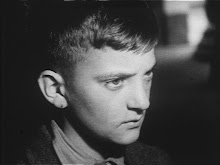









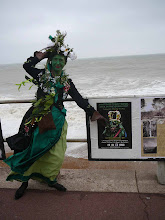






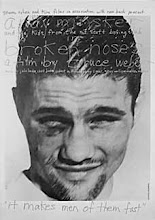
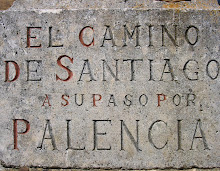
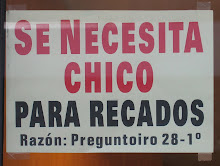
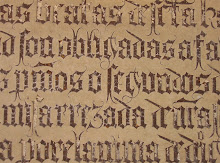

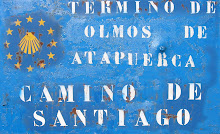



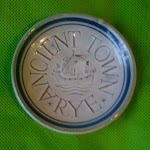
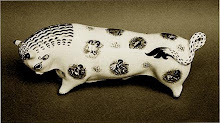
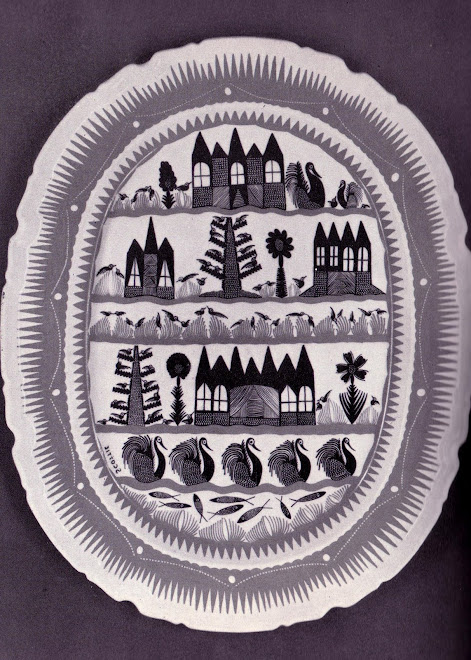
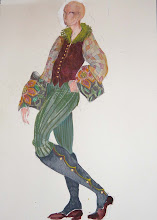





Hello,
ReplyDeleteThanks for this enlightening article.
I'm currently doing some research on Lucian Freud and have been searching high and low for the source of that photograph. Other than it being published in the 1947 issue of Vogue, it is unpublished. Do you have any details of that particular issue of Vogue? I would really appreciate your help on this! Thank you.
Erin
Dear Erin,
ReplyDeleteI cannot believe that I did not se your kind comment on this post, and it is no doubt far too late for me to give a constructiver response to your query. Robin Muir, the archivist at Vogue was my source on this. I have always been fascinated by these portraits of Freud and the falcon, and I believe that there was an article (possibly by William Feaver) in the World of INteriors some few years ago. There has been little written on Clifford Cofffin; as far as I know only one book, but if this reply is not too late, I would certainly recommend contacting Robin at Vogue, Best, Graham